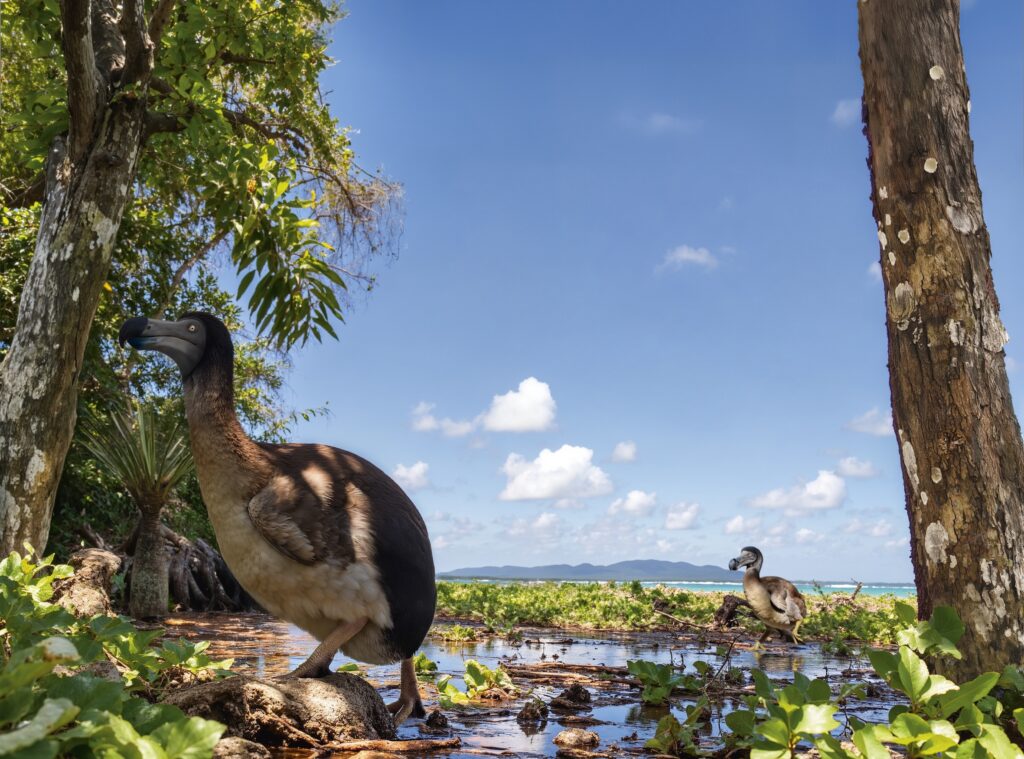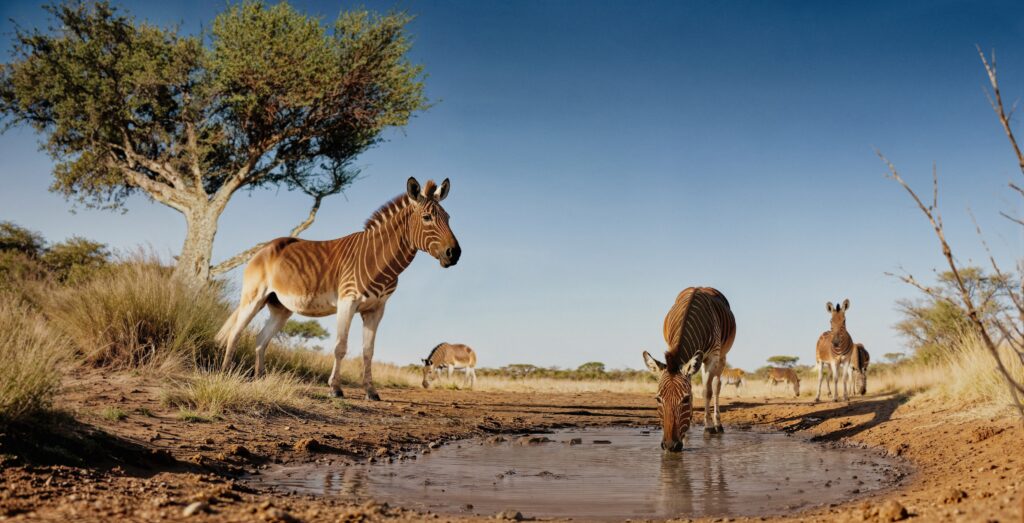Bringing the Lost Back to Life: GEO Magazine Reimagines Extinct Species Through AI

This unprecedented project uses AI to resurrect five extinct animal species in stunning photographic detail. But it’s more than a visual feat – it’s a call to remember, reflect, and act in a time when biodiversity loss is accelerating.
The challenge: Photographing the unphotographable
The heart of “Impossible Shots” lied in a bold challenge: to use AI ethically and scientifically to create images of extinct animals that are as true to life as possible. To meet this challenge, a multidisciplinary team of journalists, creatives, biologists, and palaeontologists came together, including experts from CNRS, Howard University, Brown University, and the International Thylacine Specimen Database.
Led by Sylvie Redon-Clauzard, science journalist for GEO, the team worked meticulously to ensure every image was grounded in the latest scientific data – from explorers’ sketches and paintings to skeletons, taxidermy, and archival photographs.
AI with purpose: Vermeer by POP
In a world flooded with AI-generated visuals, “Impossible Shots” stands out for its precision and purpose. The project used Vermeer, POP’s proprietary AI image generation workflow, which allows full creative control and guarantees originality and copyright compliance.
Each image was treated like a wildlife photograph – an act of remembrance and resistance against collective amnesia. The goal wasn’t just to recreate anatomy, but to evoke the ecosystems and emotional presence of these lost species.

The lost five: A tribute to extinct icons
The five species featured in the project all disappeared due to human activity:
- Koala Lemur – extinct between the 10th and 17th centuries
- Dodo – vanished in the 1660s
- Steller’s Sea Cow – last seen around 1768
- Couagga – extinct by 1883
- Thylacine (Tasmanian Tiger) – officially extinct in 1936
These animals, impossible to photograph in life, now live again through the lens of science and creativity.
A special issue to remember
The full story and images are featured in GEO’s special issue, “Fascinante Faune Sauvage” (Fascinating Wildlife) – a powerful reminder of what’s been lost and what we still have the power to protect.
Comments are closed.